|
Meanwhile, Europe also struggles to find its way forward
Despite the Idealism of many of the European
leaders, especially those of Great Britain and France, the mood of the
average European was not all that different from the average American,
rural or urban.
For Europeans, who had suffered greatly
through the four years of war, the post-war period was troubled with
the thought that all of the war's high-sounding nationalist spirit had
produced in the end only mindless death and destruction. A spirit of
disillusionment with politicians and cynicism with respect to their
ideas and programs set in, much as it did in America.
This cynical spirit stirred a sense of
political opportunity among a number of extremist political factions
and their leaders: Communists and Social Democrats on the Left and
Fascists on the Right. They found their appeal strongest among the
social classes that had suffered most from the crumbling of the older
social order.
Socialism/Communism.
European soldiers coming out of the war found that with the war over
and war-time industry cutting back, jobs were scarce, and the ones that
did exist paid very poorly. They were deeply resentful of the way their
personal sacrifices were so poorly rewarded – while fat-cat wartime
industrialist owners or capitalists still seemed to be doing fairly
well for themselves. This group of industrial workers was thus easily
manipulated by leaders who urged the workers to rise up against the
wealthy industrial property owners, seize their property and make it
communally their own. This was the basis of the Communist appeal which
produced workers’ uprisings all across Europe in the 1920s (and the
huge Red Scare in early 1920s America).
Fascism.
Other European soldiers, upon a return to their farms, found that they
had been left behind economically and culturally by developments
brought on by the war. With international farm prices running at a new
low, farmers found it difficult to sustain a living for themselves and
their families. They watched with resentment as a fast-growing urban
industrial order appeared to be enjoying many of the new economic
opportunities of the post-war world. This agrarian/ small-townsmen
group was easily manipulated by leaders who stressed the importance of
restoring a largely romanticized traditional agrarian social order.
They promised to bring the glories of a mythical past back to existence
– if the people simply surrendered their hopes and dreams to the total
management by their great leaders. This appeal is the basis for what
will come to be called Fascism.
European Fascism actually had its roots in
Italy when post-war Italy seemed literally to have fallen apart
politically. Although Italy had finally joined the war in 1915 on the
"victorious" side in the Great War, there had been nothing at all about
Italy’s performance in the war to indicate to the average Italian that
they had achieved anything at all of what might be classed as victory.
Instead, coming out of the war, the Italians generally considered their
former leaders as grand failures – which the Italian leaders themselves
understood was their political standing in Italy. Thus they tended to
lay low. And thus also a power vacuum existed in Italy after the war.
And into that vacuum had stepped Benito
Mussolini, the bombastic editor of a Milan newspaper. Mussolini had
started out as a Socialist propagandist – who turned against Socialism
when it refused to support the Italian entry into the Great War.
Mussolini saw the war as a means of bringing Italy to a new strength
and prominence: strength through collective struggle (Fascism).
Mussolini became bitterly opposed to Marxist Socialism, with its call
to European workers to resist taking up arms on behalf of capitalist
war profiteers – a call which Europe’s fiercely nationalist workers had
largely ignored … and then had paid a huge price for their patriotism.
But Mussolini was opposed not only to
Socialist pacifism, he was as opposed to Liberal Idealism with its
hopes to build an international order of peace through a new spirit of
international democratic cooperation. Mussolini accused such
philosophies of peace as merely weakening human strength and producing
effete societies. He exalted strength – strength through conflict,
strength through struggle – which would produce a warlike character
among a people. This in turn would bring them to greatness – greatness
such as the ancient Romans had once exemplified. The key to this
process was achieving an absolute unity of the people through
unswerving loyalty to a great leader, a Duce (Italian simply for
"Leader") such as Mussolini himself proposed to become. He promised
Italians (notably Italy’s industrial leaders) to bring unity to Italy
through a policy of strict enforcement of social conformity through the
use of his street toughs (the Fascist Blackshirts) – who stood ready to
strike total fear in the hearts of labor agitators and anarchists
through whatever means necessary to do so.
At a time when Italy seemed to be
threatened internally by the same forces tearing Russia and Germany
apart, this Fascist call of Mussolini's to enforced unity had a very
strong appeal. Thus it was that in October of 1922 a small group of
Mussolini's Fascists marched on Rome – facing virtually no resistance.
The Italian king responded by asking Mussolini to save the nation by
becoming its leader. Italy now began to head down the path of Fascism –
forced national unity under the domination of the Duce, who was to do
the thinking and direct all the actions of the Italian nation. Any
resistance to his program, actively or even just verbally, was met with
stiff repression.
| 
 The League of Nations: Wilson's utopian project
The League of Nations: Wilson's utopian project America's approach to
the larger world of global
diplomacy
America's approach to
the larger world of global
diplomacy The court martial of General Billy Mitchell
The court martial of General Billy Mitchell European political
developments lead the world in the opposite direction
European political
developments lead the world in the opposite direction





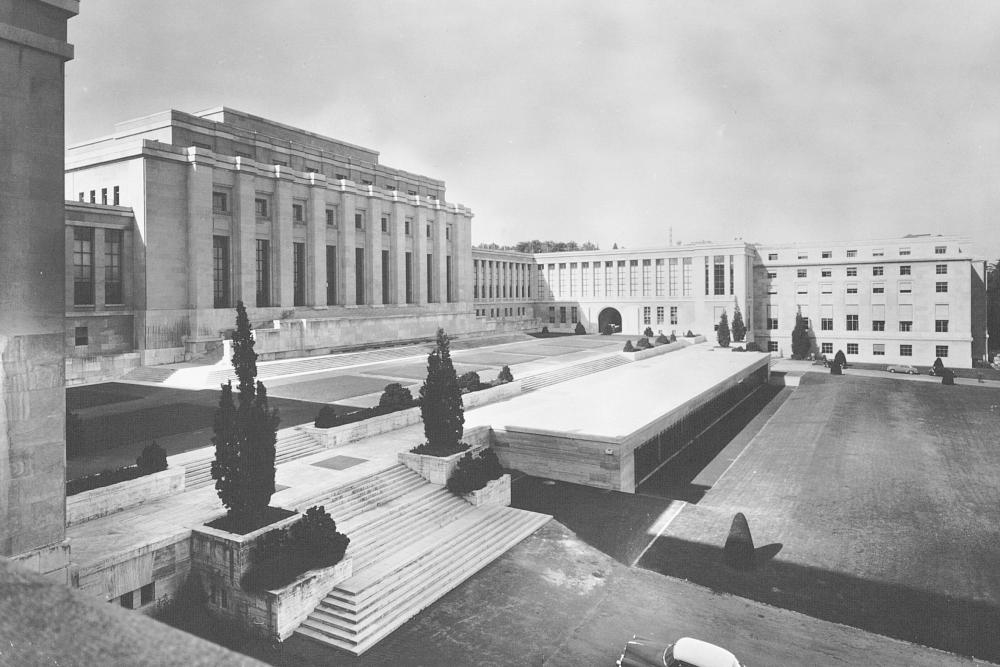
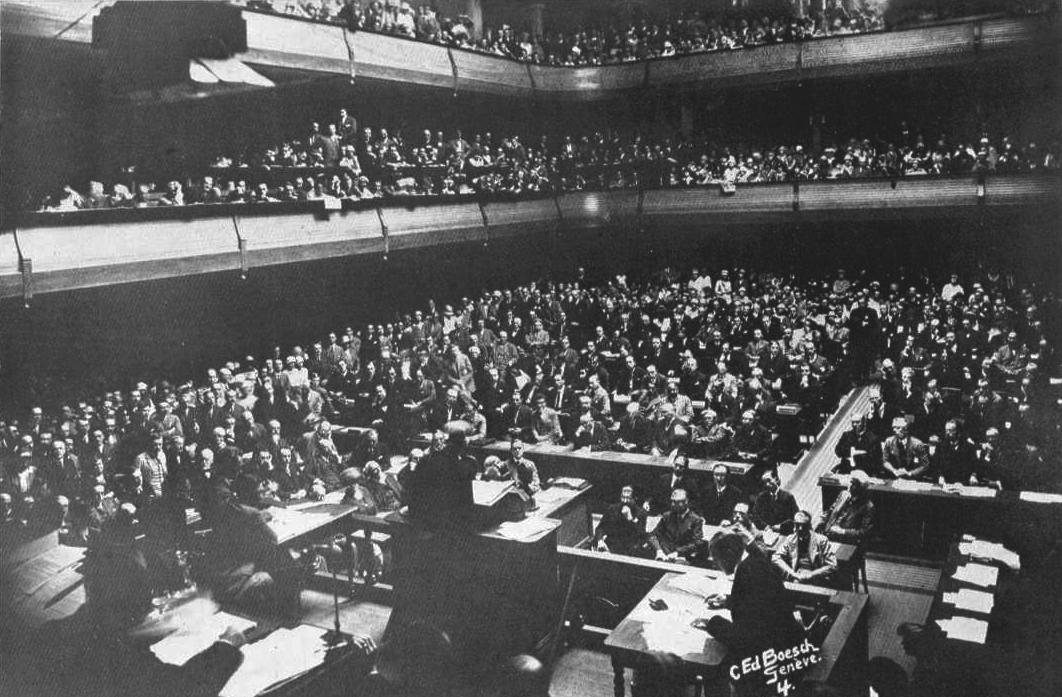

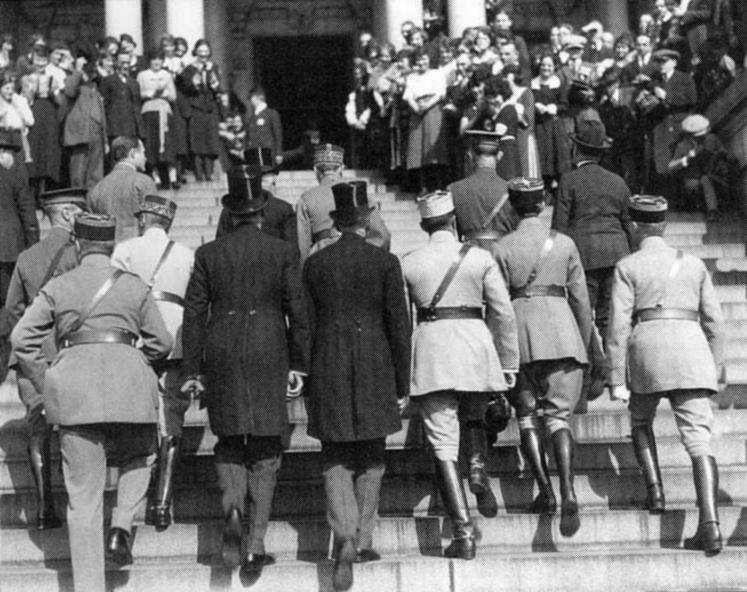
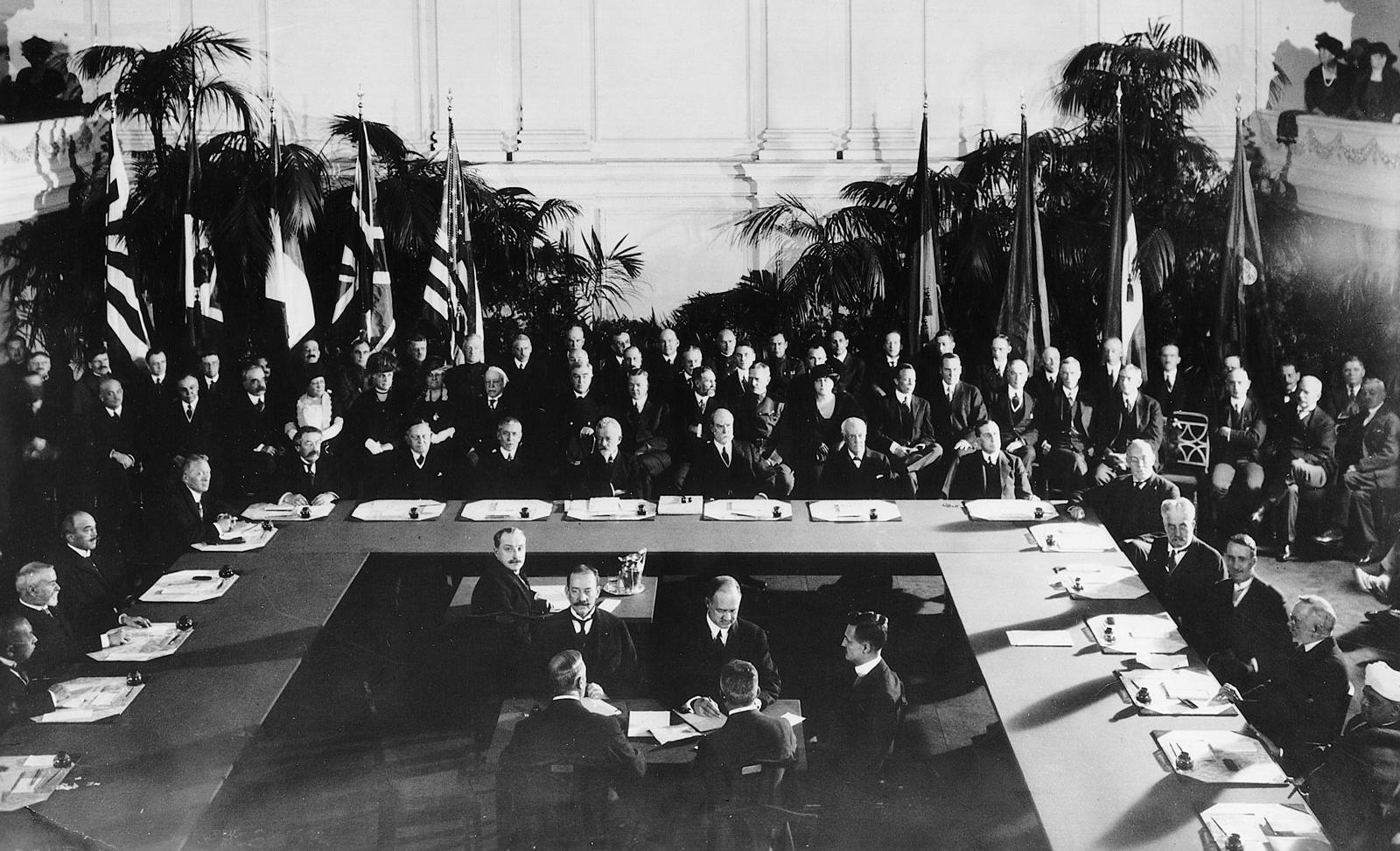
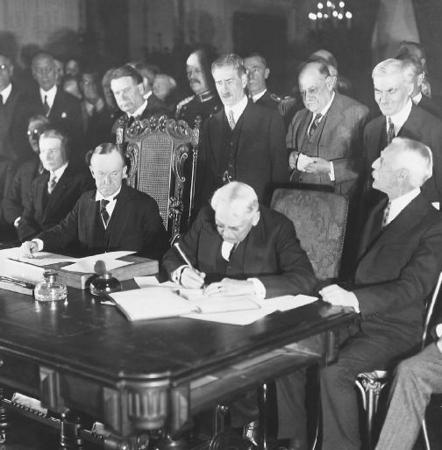
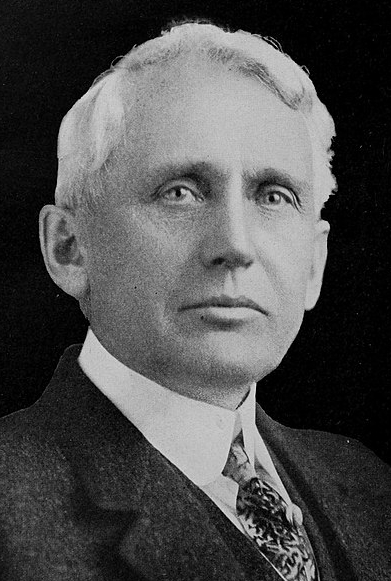
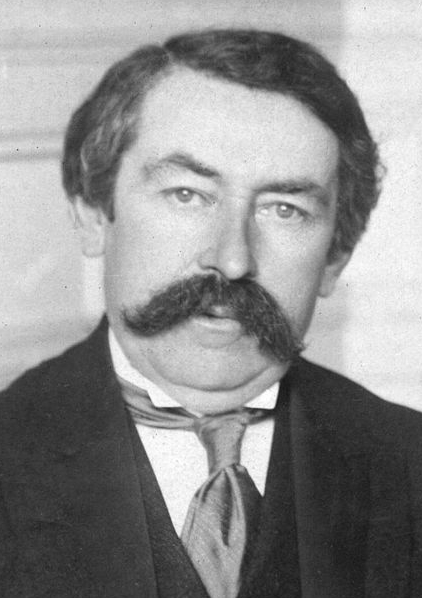
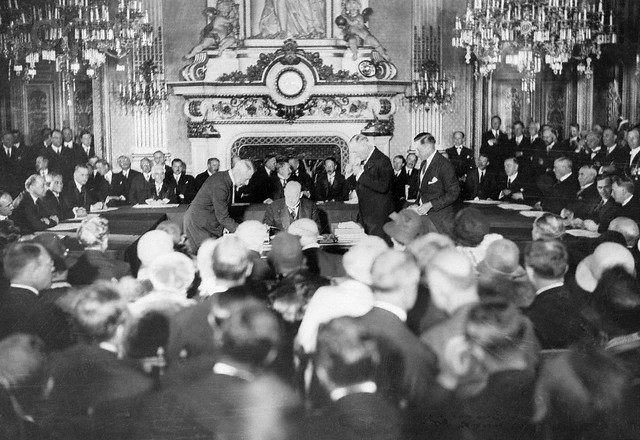
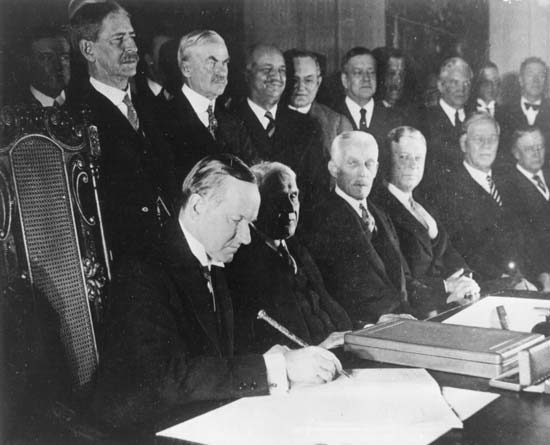
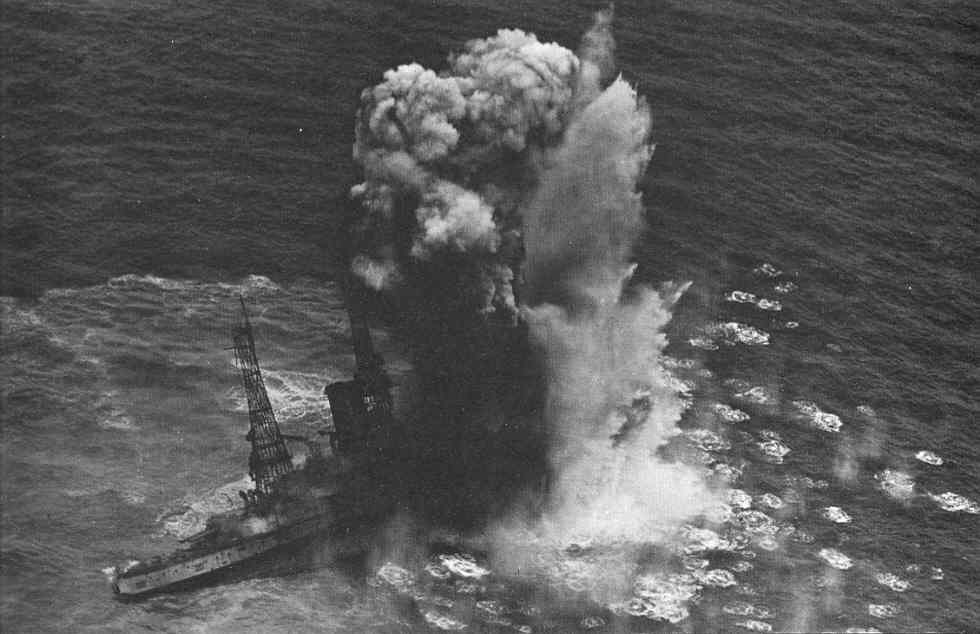
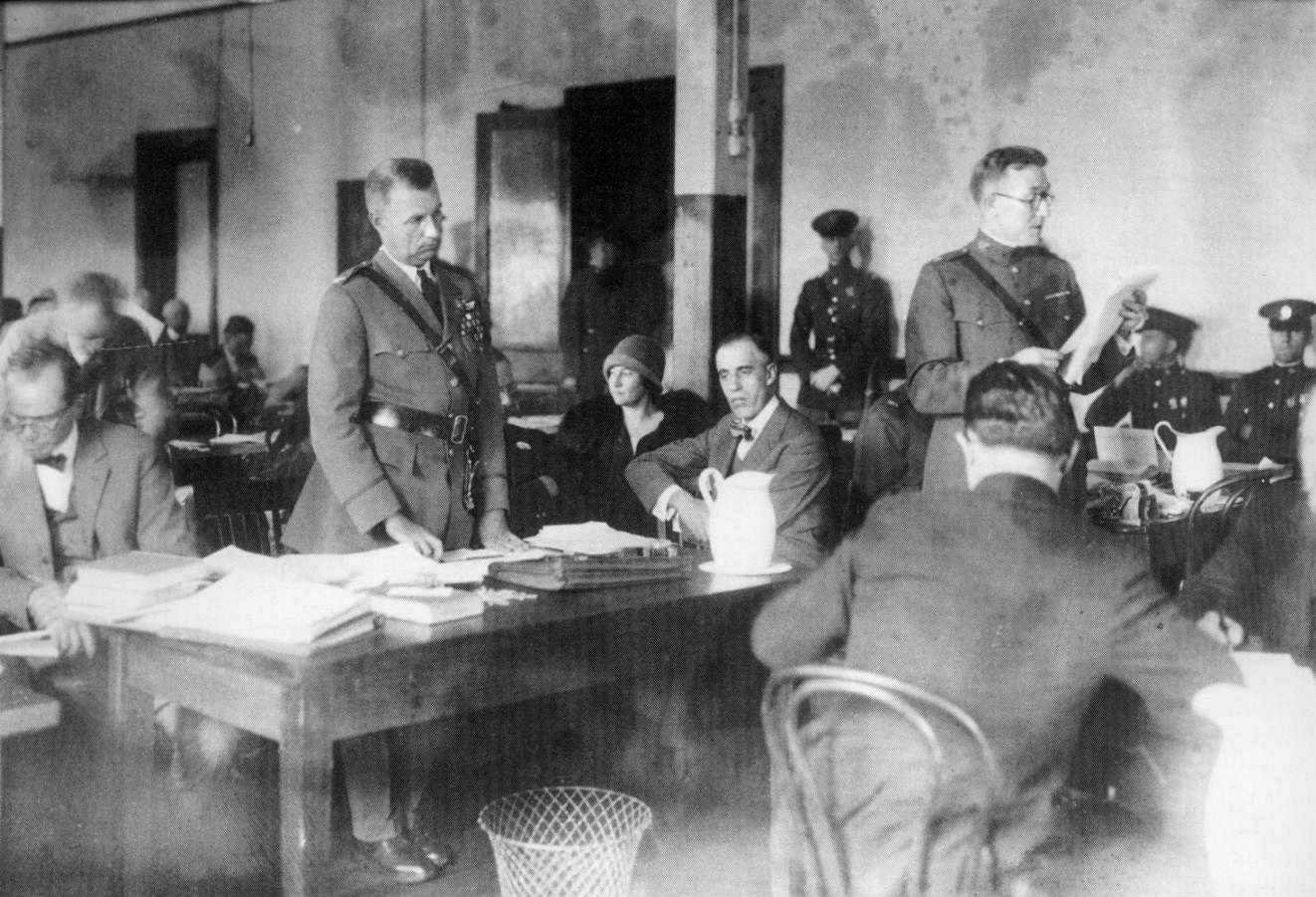
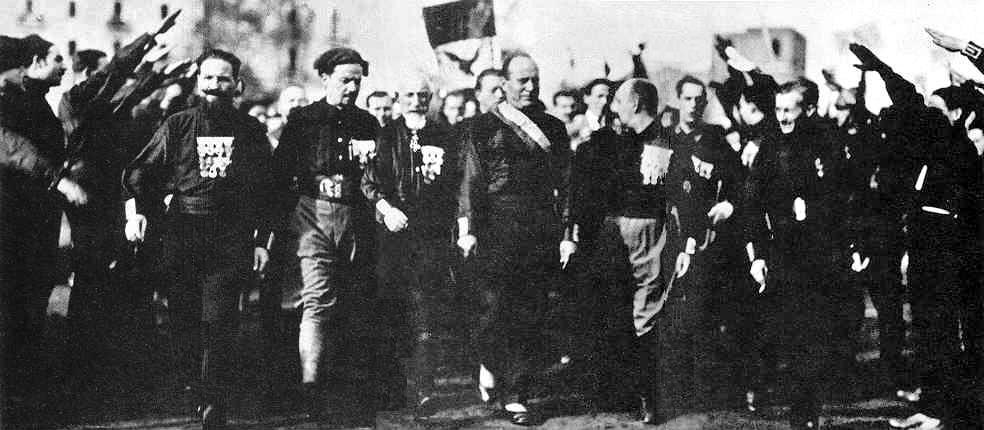
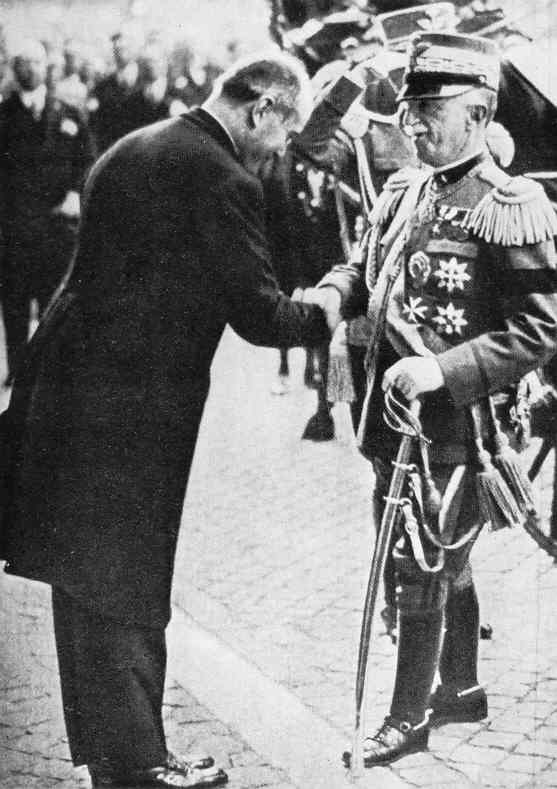
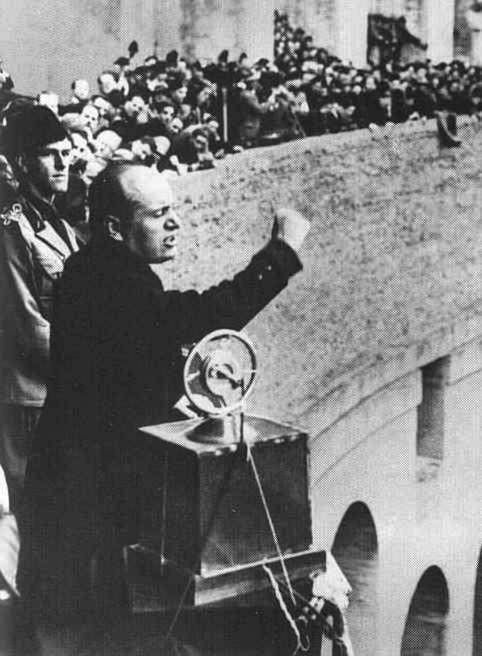
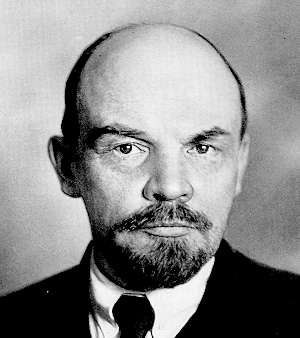
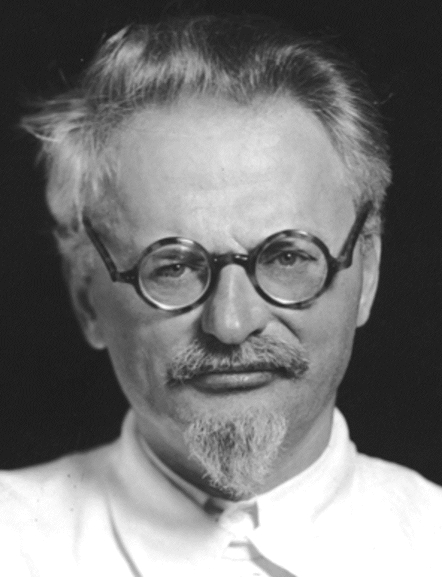
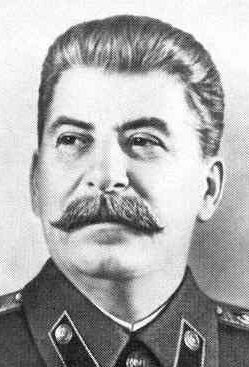

 Miles
H. Hodges
Miles
H. Hodges